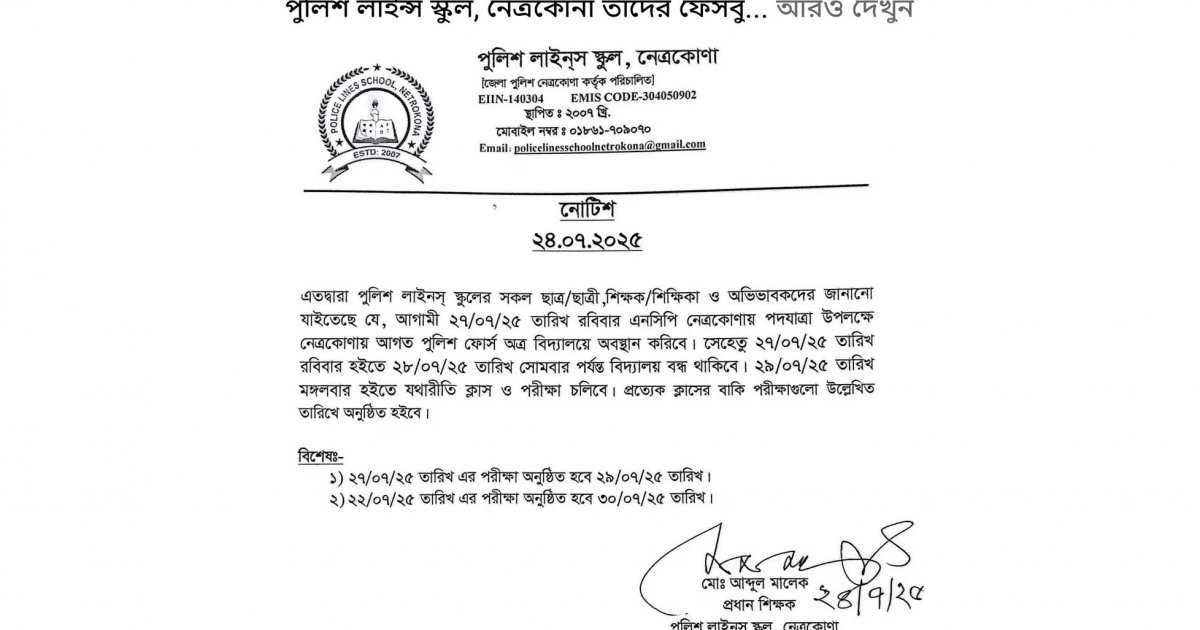Milwaukee Brewers, MLB’s Hottest, On Lower End Of True Talent Rankings
The post Milwaukee Brewers, MLB’s Hottest, On Lower End Of True Talent Rankings appeared on BitcoinEthereumNews.com. Milwaukee Brewers’ Jackson Chourio, right, is congratulated by William Contreras, center, and … More Christian Yelich, left, after hitting a three-run home run during the eighth inning of a baseball game against the Washington Nationals, Sunday, July 13, 2025, in Milwaukee. (AP Photo/Aaron Gash) Copyright 2025 The Associated Press. All rights reserved. It’s time for my annual batted ball-based midseason team true-talent rankings —here’s a quick refresher on the methodology. In a nutshell, league averages for each exit speed/launch angle “bucket” are applied to each team’s population of batted balls, both for and against, to derive the production they “should have” achieved and allowed. Add back the Ks and BBs, and voila, each team receives an offensive and pitching rating, relative to league average of 100. For hitters, the higher number the better, for pitchers, the lower. Team defense is also measured, in a somewhat unique manner. Clubs’ performance is compared head-to-head versus their opponent; the ratio of actual production versus projected performance for both clubs is compared to each other, resulting in a overall defensive multiplier that can also be spread among the individual batted ball types. In 2020, I added a new wrinkle. I introduced a team extreme ground ball-pulling penalty, similar to a concept I use for individual batters. It does not impact the overall team rating, but it more appropriately punishes a team’s offense rather than its defense for shortcomings in this area. To qualify for such a penalty, a team had to both A) pull more than 5 times as many grounders as it hit to the opposite field, and B) post actual grounder production lower than the level it “should have” posted based on its exit speed. The penalty is equal to the amount of that difference. Six clubs were subjected to this penalty,…

The post Milwaukee Brewers, MLB’s Hottest, On Lower End Of True Talent Rankings appeared on BitcoinEthereumNews.com.
Milwaukee Brewers’ Jackson Chourio, right, is congratulated by William Contreras, center, and … More Christian Yelich, left, after hitting a three-run home run during the eighth inning of a baseball game against the Washington Nationals, Sunday, July 13, 2025, in Milwaukee. (AP Photo/Aaron Gash) Copyright 2025 The Associated Press. All rights reserved. It’s time for my annual batted ball-based midseason team true-talent rankings —here’s a quick refresher on the methodology. In a nutshell, league averages for each exit speed/launch angle “bucket” are applied to each team’s population of batted balls, both for and against, to derive the production they “should have” achieved and allowed. Add back the Ks and BBs, and voila, each team receives an offensive and pitching rating, relative to league average of 100. For hitters, the higher number the better, for pitchers, the lower. Team defense is also measured, in a somewhat unique manner. Clubs’ performance is compared head-to-head versus their opponent; the ratio of actual production versus projected performance for both clubs is compared to each other, resulting in a overall defensive multiplier that can also be spread among the individual batted ball types. In 2020, I added a new wrinkle. I introduced a team extreme ground ball-pulling penalty, similar to a concept I use for individual batters. It does not impact the overall team rating, but it more appropriately punishes a team’s offense rather than its defense for shortcomings in this area. To qualify for such a penalty, a team had to both A) pull more than 5 times as many grounders as it hit to the opposite field, and B) post actual grounder production lower than the level it “should have” posted based on its exit speed. The penalty is equal to the amount of that difference. Six clubs were subjected to this penalty,…
What's Your Reaction?











































